
Lot 98E
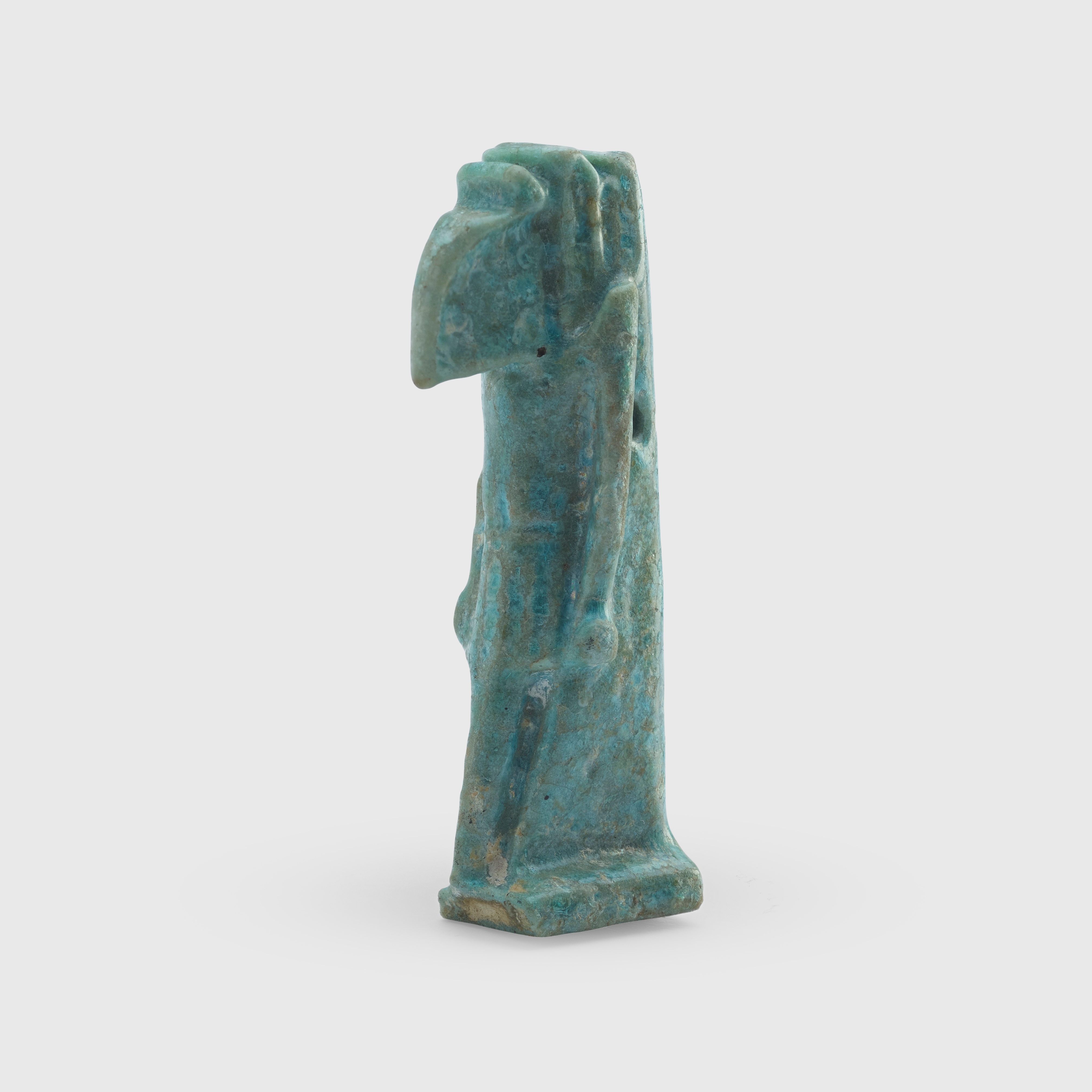
ANCIENT EGYPTIAN AMULET OF THOTH
EGYPT, LATE PERIOD, C. 664 - 332 B.C.
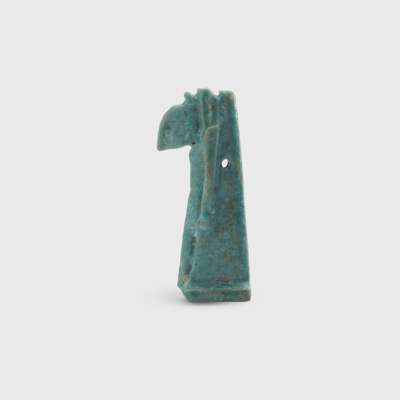
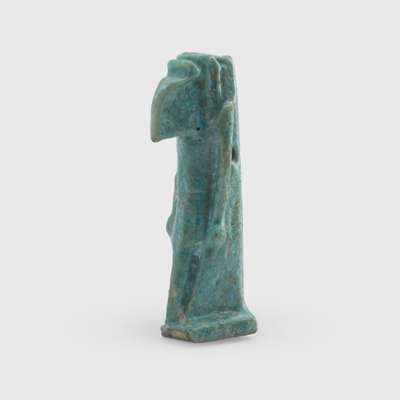
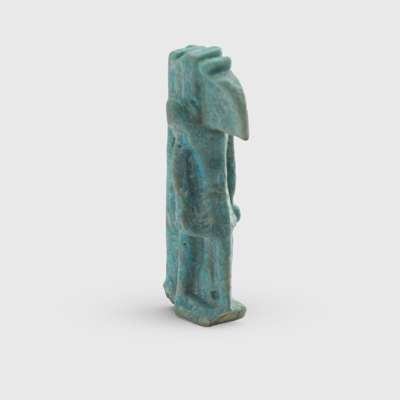
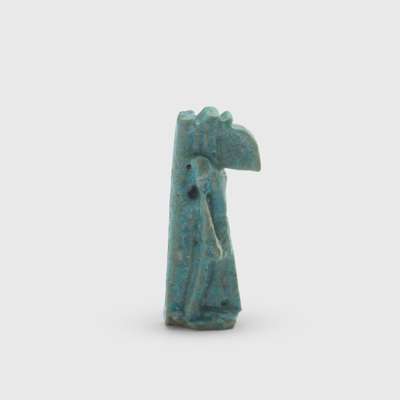


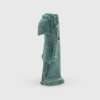
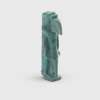
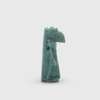

African & Oceanic Art, Natural History and Ancient Art
Auction: 30 July 2025 from 14:00 BST
Description
faience, ibis-headed deity striding forth, wearing a short pleated kilt, arms held to his sides, with pierced back pillar
Dimensions
3.1cm tall
Provenance
John Hunt, Mayor of Preston (fl. 1920s), United Kingdom, thence by descent
John Hunt was the Mayor of Preston during the 1920s and played a key role in the town’s civic life. In 1927, he hosted King Fuad I of Egypt during the monarch’s visit to Horrockses Cotton Mills. As a gesture of thanks, Hunt was gifted a number of Egyptian artefacts, including the present piece.
Footnote
Amulets were frequently crafted in the likeness of deities to draw upon their protective qualities and divine attributes. These objects were worn by the living and also placed with the dead as part of burial practices. This particular example portrays the god Thoth, shown as a human figure with the head of an ibis. Revered as the deity of wisdom and writing, Thoth was also believed to possess curative abilities. Amulets depicting Thoth were commonly included in funerary assemblages, likely due to his association with healing and his crucial role in the judgment of the dead, where he recorded the outcome of the soul’s moral assessment.









